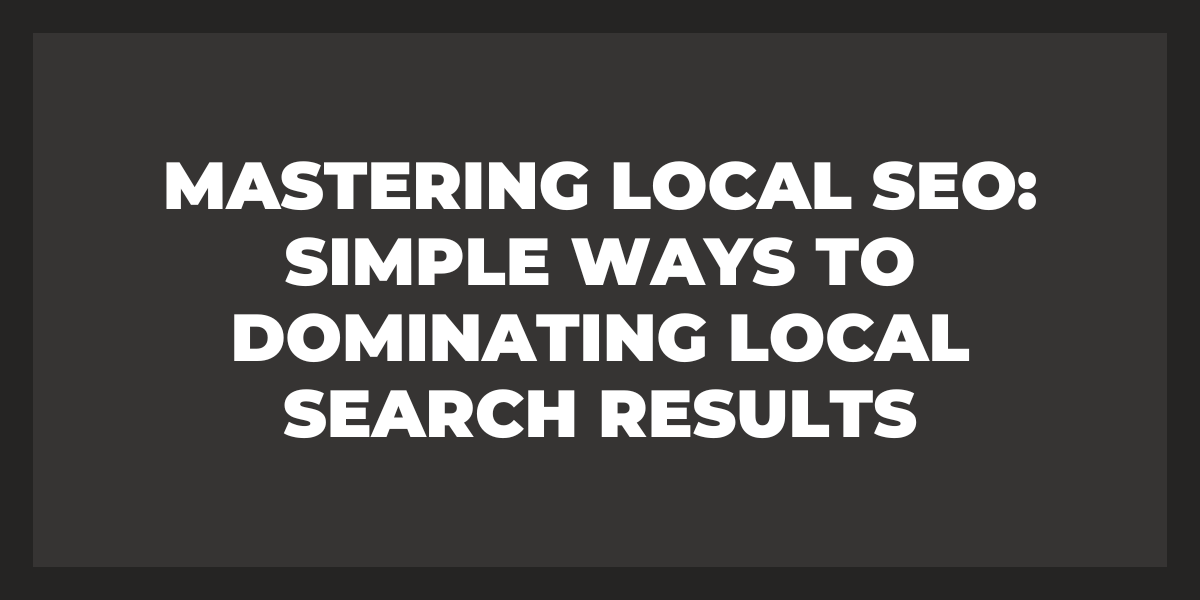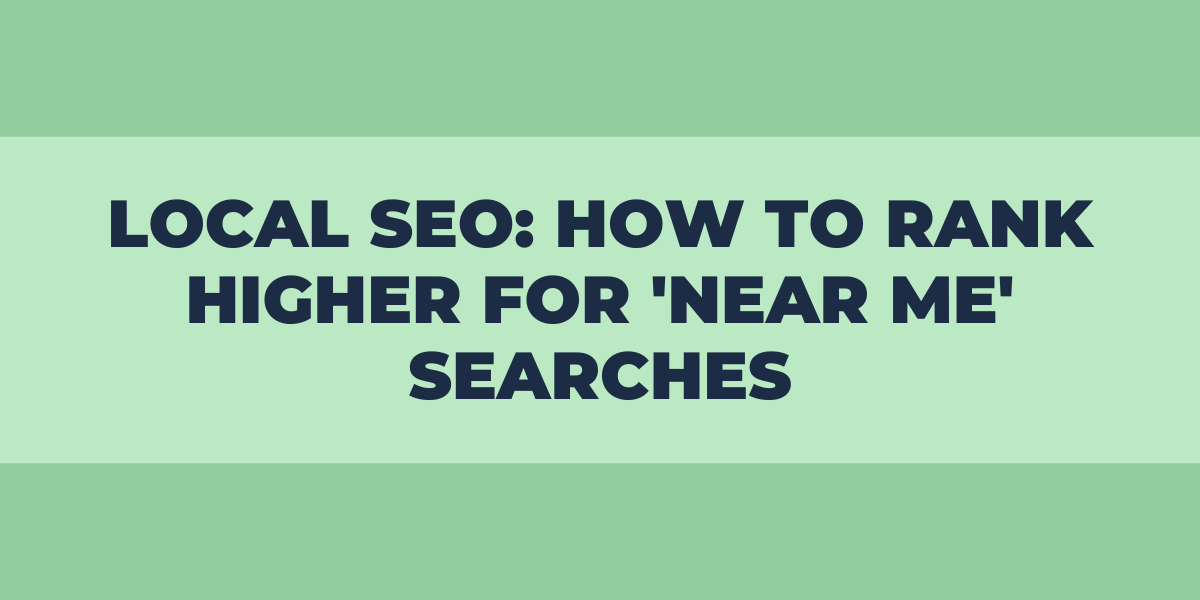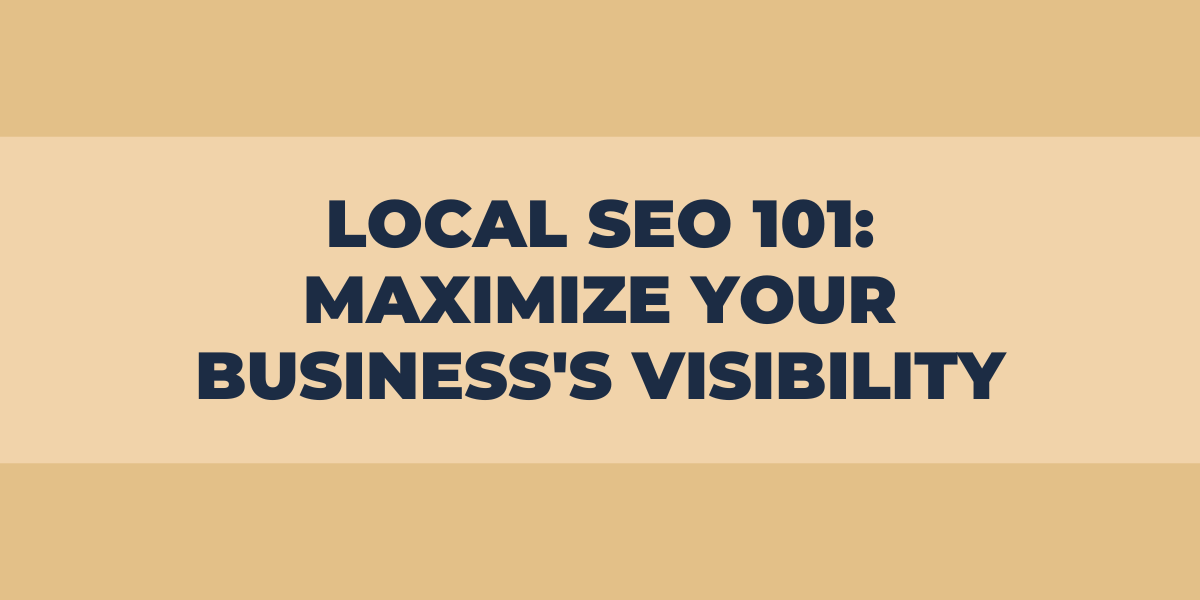As the business world becomes more and more competitive, companies are searching for new and innovative ways to stay ahead of the curve.
HARO Case Study is a blog that follows the journey of one business as they attempt to revitalize its image with the help of a marketing consultant.
This blog will provide readers with an inside look at how the consultant works with the company, what changes are made, and how it impacts their bottom line.
What is HARO?
Help a Reporter Out, or HARO is a free service typically used by journalists and website owners. To send precise queries to the entire HARO requests database, journalists use HARO. In response to those inquiries, sources (such as authorities or website owners) submit pitches. If a journalist accepts a pitch, the information is used in the piece and the contributing source is cited.
How Does HARO link-building work?
HARO, or Help a Reporter Out, is a service that connects journalists with sources for stories. Sources can be experts in a variety of fields, and when journalists are working on a story they need information for, they can send out queries through HARO. Experts who receive these queries can then respond with quotes and information that the journalist can use in their story
Case Studies
The HARO link-building case study is a great example of how to use the service to get HARO links.
Our research is meant to assist marketers in determining whether HARO is the best platform for link building and PR.
Key Discoveries
Query Types: Published vs. Unpublished
Only 35% of the journalistic queries submitted to the publication site (like Wall Street Journal) were published, while 65% of the queries were not. Additionally, we discovered that the bulk of the websites where inquiries are published have high domain authority (DR), which indicates that every backlink has tremendous potential for success.
The category with the highest and lowest queries
Businesses and marketers may forecast the potential of HARO for their specific brand by knowing how many queries various industries receive. The general category garnered the most searches, while the sports category had the fewest.
The top 5 categories (and the subcategories within each) with the most inquiries were:
- Gift, Home Décor, Adventure, Art, DIY, Gadget, Books, and School & College are all general categories.
- Accounting, investments, offline and online digital marketing space, entrepreneurship, frugal living, human resources, and business ideas and tips are all topics in business and finance.
- Lifestyle and Fitness: Personal Development, Relationships, Parenting, Fashion, Life Hacks, and Nutrition.
- Biotechnology and Health: Nursing, Mental Health, Drugs, and Medical Professionals
- High Tech: Networking, Security, DevOps, and Cybersecurity
Search Terms with 70+ Domain Ratings
Each website is given a Domain Rating, or DR, which is a crucial Ahrefs metric that ranges from 1 to 100. It represents the authority of the website in Ahref’s eyes. Quality backlinks from a website with DR 70 or above is highly beneficial for SEO because it is considered to be highly authoritative by search engines.
Additionally, in order to provide marketers with a feeling of high-quality websites, we examined the DR of all publications and websites that were submitted and noted the DR of the websites that published the journalistic queries.
10K+ Organic Traffic Queries
Gain backlinks to increase referral traffic, establish authority, and gain confidence. We extracted the monthly traffic from these websites using Ahrefs and plotted it for better comprehension.
- 57% of the 2500 questions had at least 10,000 organic visitors per month.
- 78% of the websites with Published Queries had monthly organic traffic of 10,000 or more.
- HARO is a fantastic source of traffic, impressions, and brand visibility.
Do-Follow Links vs. No-Follow Links in Articles
Finally, we looked at the different kinds of links each publication gave to its source. The breakup was discovered as follows:
- Do-follow links appeared in 56.40% of all articles published.
- A no-follow link appeared in 11.18% of all articles published.
- 18.80% of the articles that were published cited the source by name without including a link.
- 13.61% of all articles published omitted any reference to the source.
- Even though 32% of articles had no backlinks, naming the source by name still increases brand awareness.
- This shows that about 68% of articles that are published give value to their source, making HARO a useful platform for backlinks and impressions.
The Technique
2,500 press inquiries about HARO from January 2020 were compiled. Author Name, Publication, Query Title, Query Description, and Industry data from these inquiries were all scraped and documented.
To determine which queries were published, whether there was a link back to the source, and the tag associated with the link, we examined the publication site stated for each query (aside from anonymous ones) with the post title. We recorded this information.
We examined the domain rating and visitor traffic for websites that had published queries using Ahrefs, and then we recorded this information. To determine the outcomes and produce useful metrics, all of the documented data was then examined and mapped.
With 137 pitches, a travel company receives 7 backlinks from authoritative websites
For a vacation company called Mountain IQ, Contentellect, a content marketing, and SEO agency built backlinks, and the results were insane.
This case study not only offers a novel strategy and comprehensive evidence that their client’s website was mentioned in the other sources, but it also illustrates how tiring it can be. Since they began in 2020, they have been attempting to build backlinks for the website. In HARO, they have distributed 137 pitches, and as of right now, they have received 7 backlinks.
The finest aspect of HARO is the outcome, even when the efforts sound incredibly discouraging. The websites that provided them with backlinks had DR scores between 70 and 93!
In six hours, an SEO company acquired 33 backlinks
In this case study, Melbourne-based SEO company Engine Scout built 33 backlinks in 6 hours, or one new backlink every 10 minutes, with the use of a 10-minute backlink formula they developed. The website with one of the hyperlinks has a DA of 90! Imaginary, huh? If you have attempted the fundamentals of the HARO method but have not yet found success, it is worthwhile to read this case study because the small subtleties discussed there can also significantly improve your HARO efforts.
In three months, a marketing firm acquires backlinks from websites with DA 70+
A marketing company by the name of CleverTouchMarketing began investigating the advantages of HARO with their own website and continued on the websites of their clients. They were successful in obtaining authority links from numerous websites, including CEO Blog Nation, Medium, and Forbes. They concentrated on sending pitches to primarily DA 30+ and niche-specific websites, which is one of the best SEO strategies for HARO.
They averaged 27 pitches per submission, and an astounding 87% of them were published. They were successful in getting published on numerous well-known websites, and the proprietor of the website even received a call for an interview for a PR chance!
In six weeks, a website receives backlinks from domains with an average DA of 53.
A blog for readers interested in blogging, HARO emails, and affiliate marketing is called Passive Income Superstars. Over the course of around six weeks, the blog’s owner investigated the HARO technique and provided more than forty comments.
The blog received several backlinks from websites with domain authority ranging from 37 to 81 thanks to a 28% publication rate of their pitches. They included those from well-known digital marketing platforms like Thrive Global, Databox, and Upcity.
SaaS startup gains 145,000 extra website views and a backlink from Forbes
Nowadays, Signaturely is not as well-known as it was a few years ago. This SaaS firm enables businesses to use electronic signatures for legal purposes. The website had zero visitors when it was launched, no domain authority, and no acquiring backlinks pointing to it.
The results of using HARO link building were so amazing that the proprietors of Signaturely even recruited the company for their other two websites, Uplead and Messagely.
Their traffic increased dramatically thanks to the HARO link-building method used here, going from zero to 145,000 visitors per month.
Our Findings
Although companies and digital marketers have been using HARO for backlinks for a while, no study has evaluated HARO’s potential.
While some people are successful at HARO, most people find their efforts to be ineffective.
You can use our research to determine how valuable HARO is for your company by using it to understand why it occurs. With this knowledge in hand, you can now decide if HARO is the best platform for your SEO efforts.














